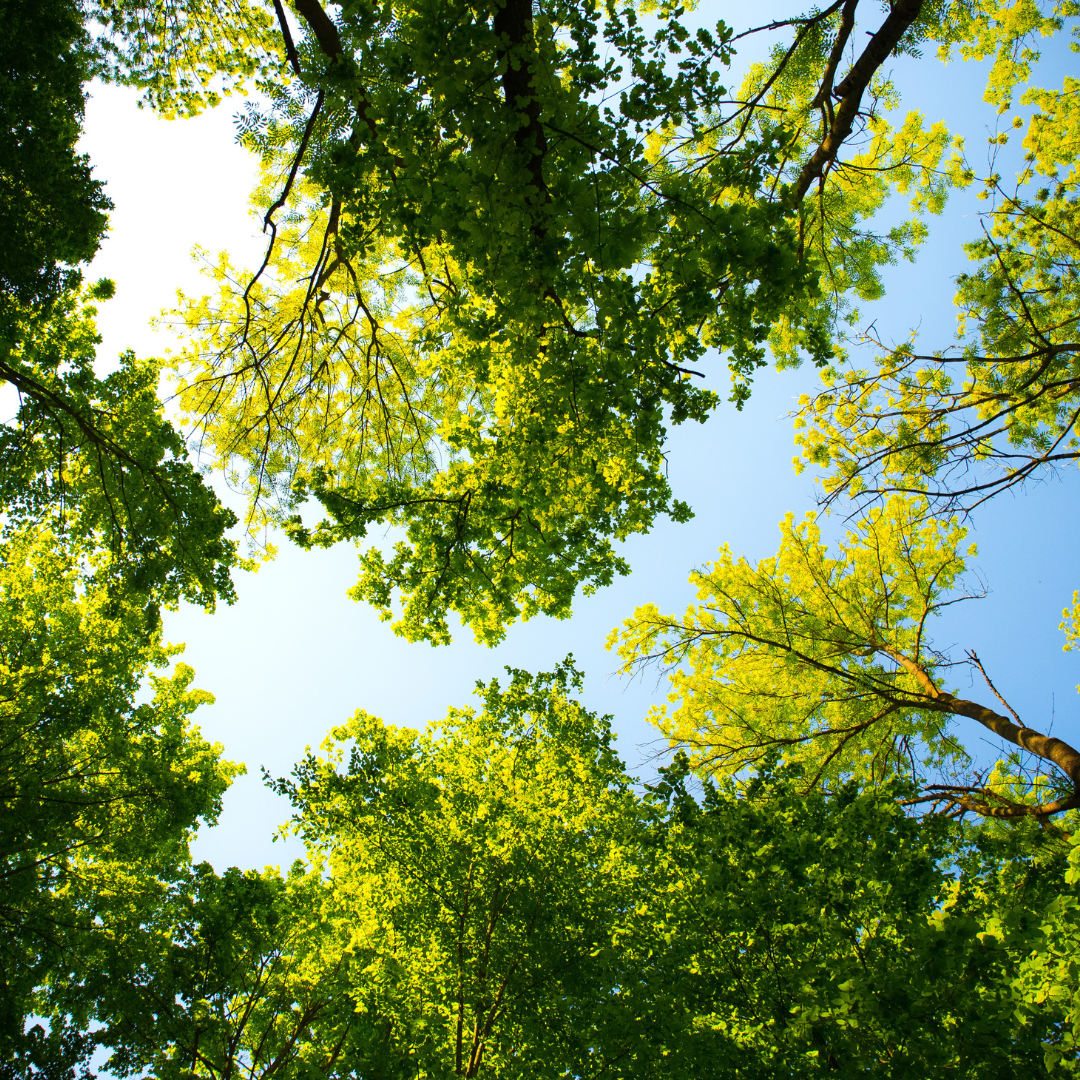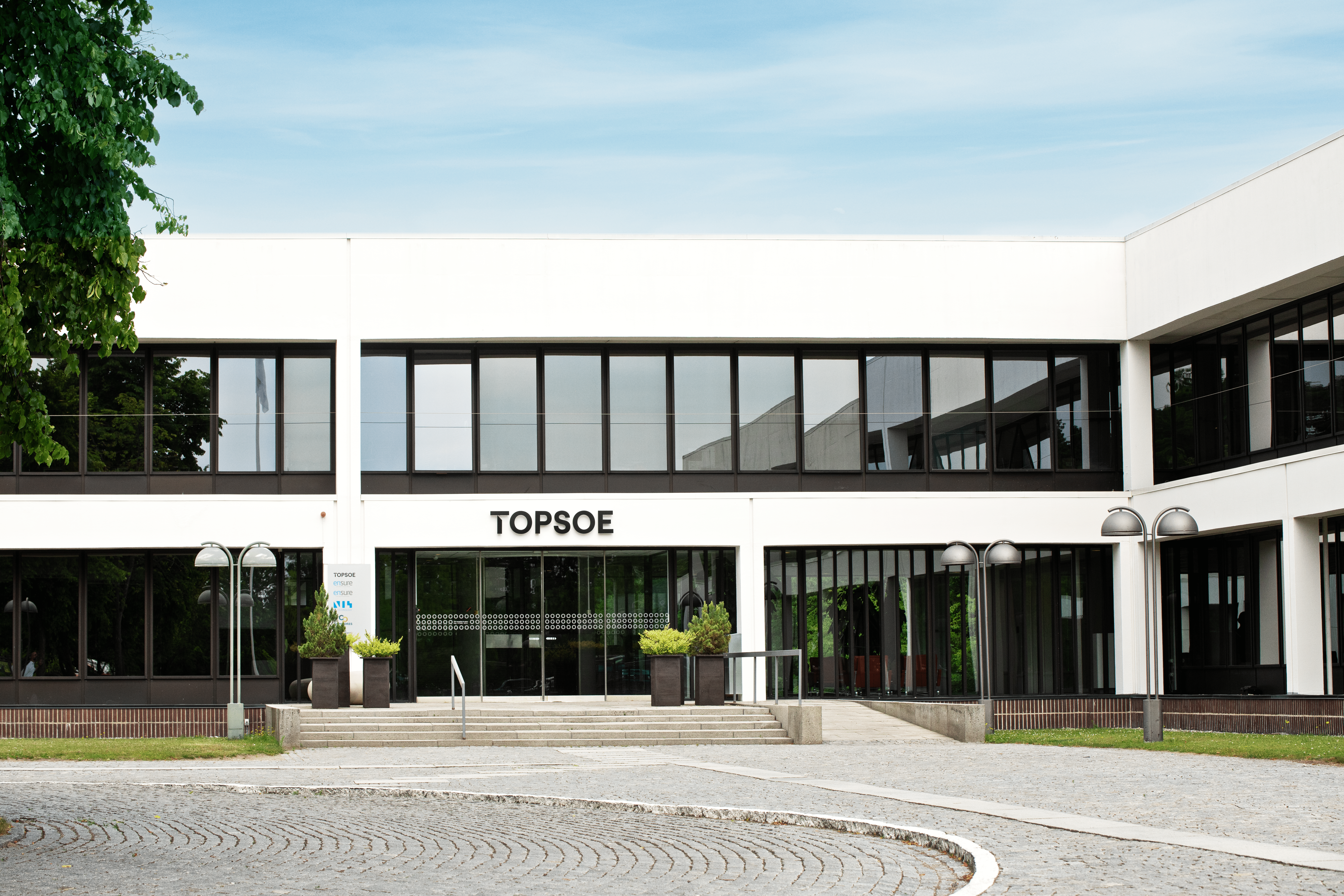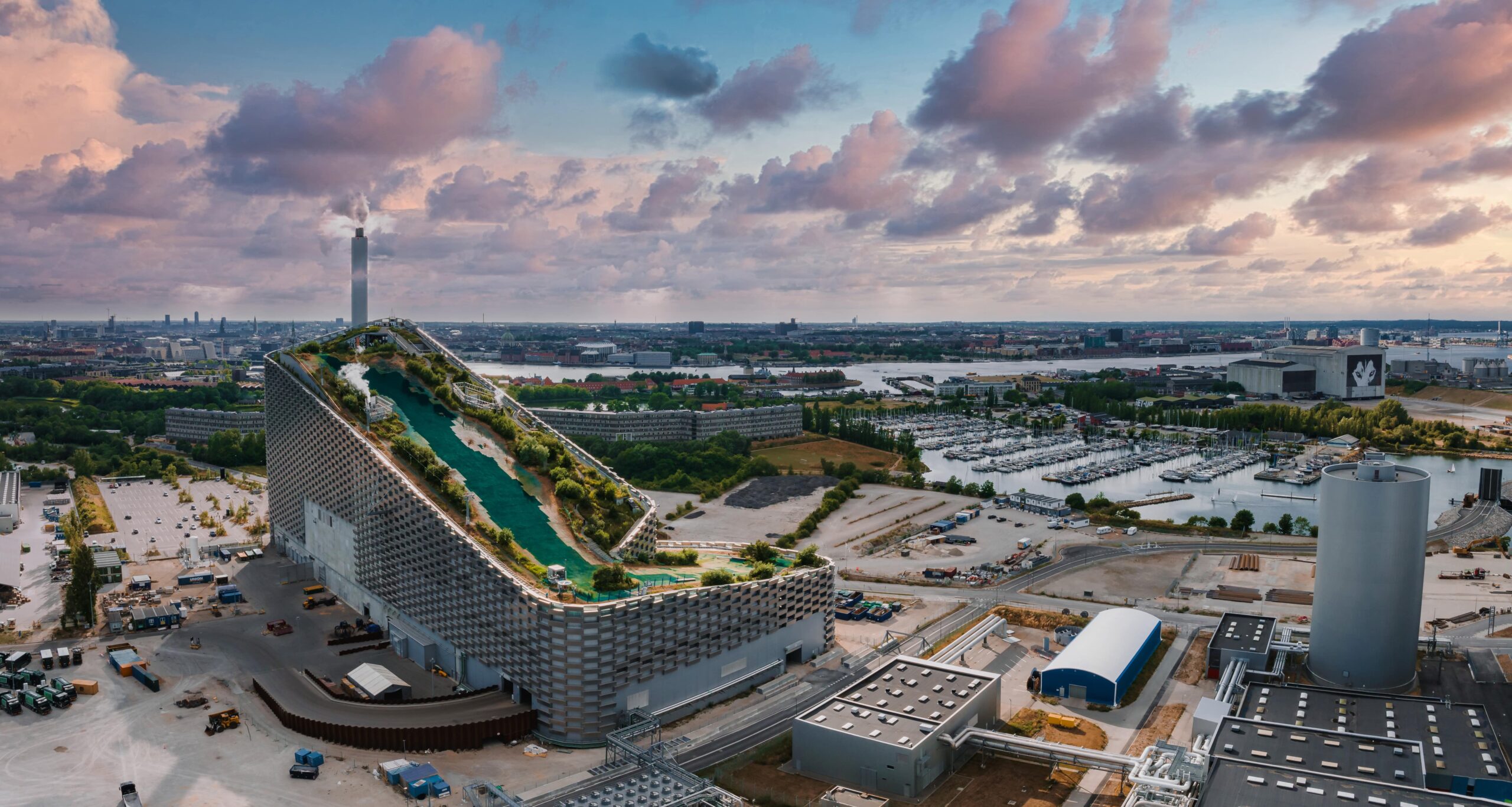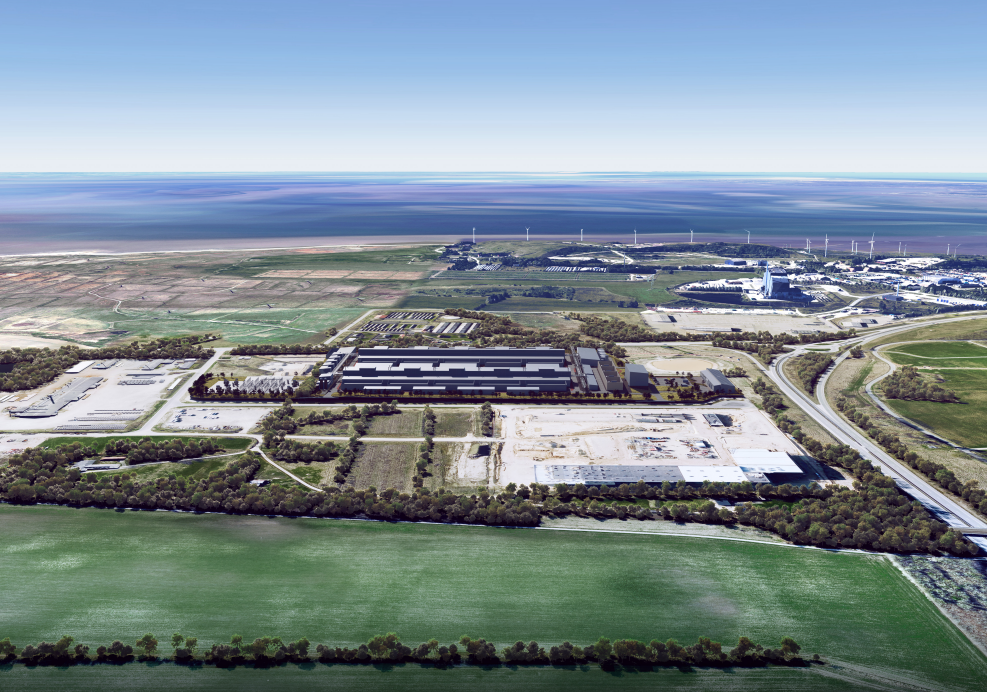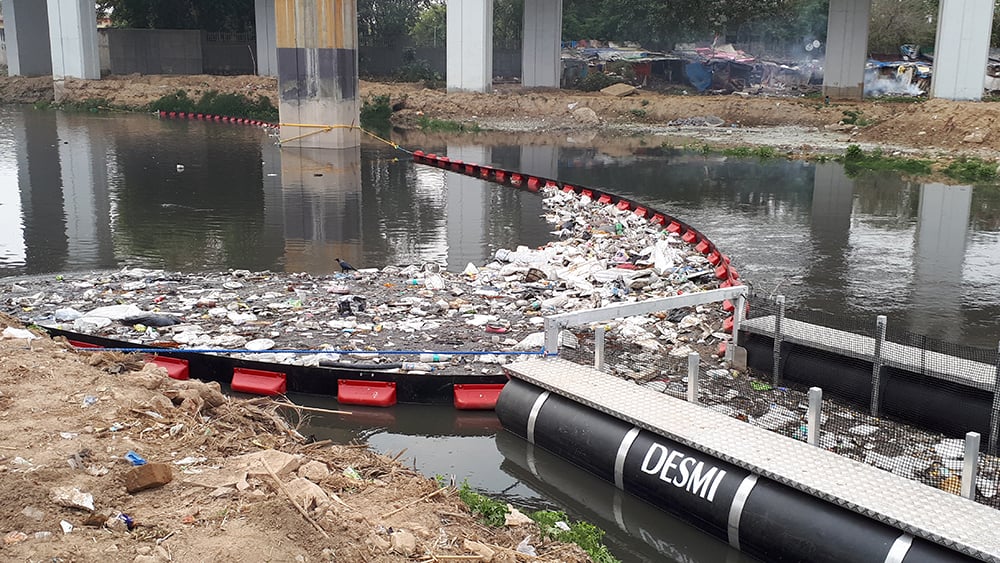News
The Asian Development Bank says no to coal
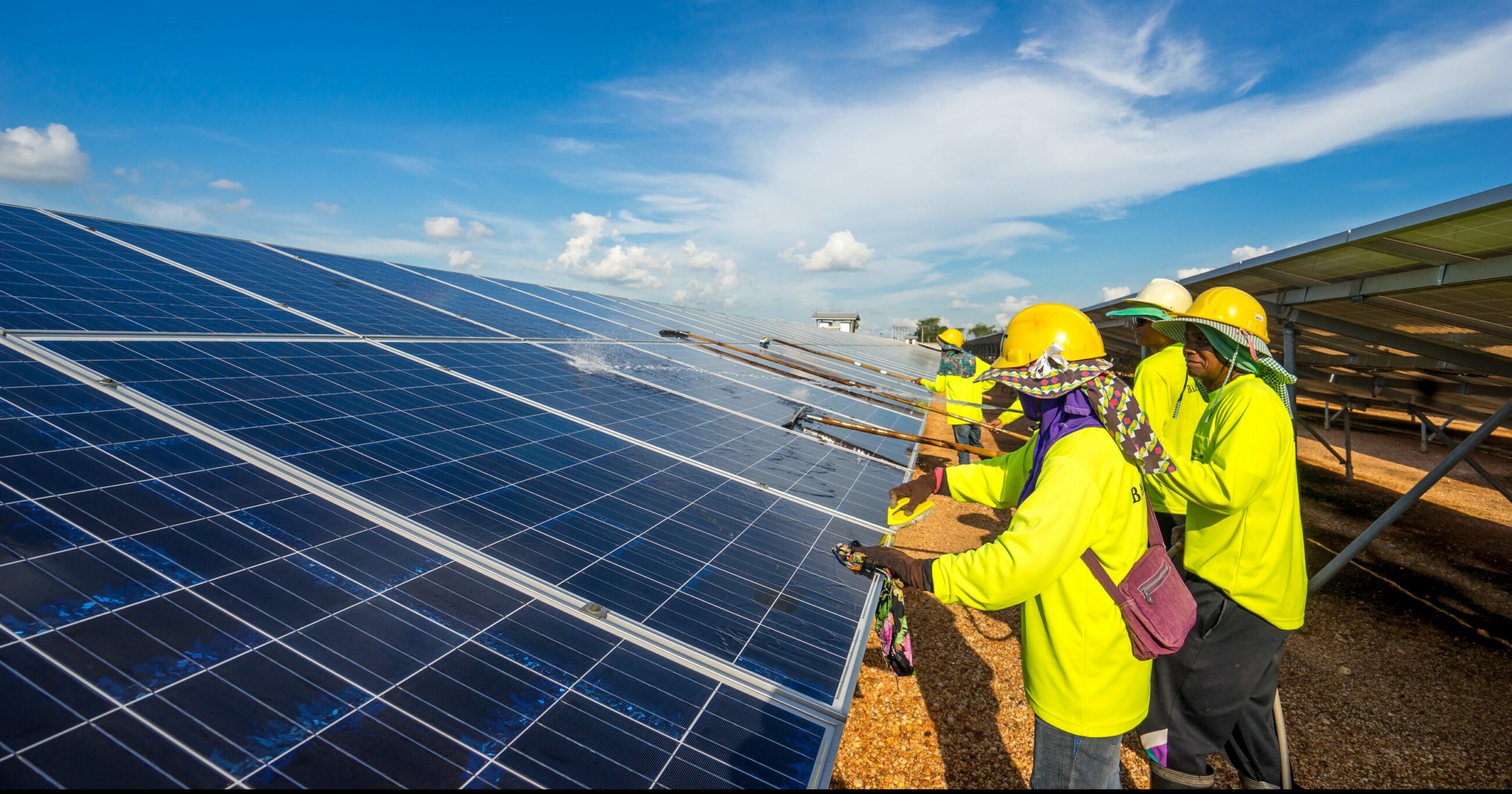

Financing of electricity grids, renewable energy, local energy-efficient solutions and climate adaptation are on the rise, while support for fossil fuels is decreasing.
This is the current situation for the Asian Development Bank (ADB), which in 2017 spent a total of USD 4.5 billion on climate-related projects. According to Vice President of ADB, Bambang Susantono, the development bank is on its way towards reaching a goal of investing USD 6 billion in climate-related projects in 2020.
-Related news: Danish corporations and organisations selected to lead sustainable development partnerships in Africa, Asia and Latin America
The ADB has a yearly budget of USD 32.2 billion and finances many types of projects through different kinds of loans. One of the areas that the development bank supports is the energy sector, including projects within solar power plants, geothermal energy, battery solutions, CO2 accumulation and disposal as well as studies of migratory birds close to wind farms.
According to ADB's website, the development bank is currently considering to support an electrification project in a rural district together with a 500 kW power line in Vietnam, development of the electricity sector in Papua Ny Guinea and a large electrifications project in Bangladesh.
According to ADB, Asia needs to increase its investment level in e.g. electricity, transport and water from approximately USD 881 billion to USD 1,700 billion a year in order to eradicate poverty and address climate change.
Yes to gas – no to coal
On previous occasions, ADB has been criticised, just like the World Bank and other development banks, for focusing blindly on economic growth and for financing climate hostile projects, but now the green transition is also spreading in Asia and the Pacific Ocean.
Natural gas power plants are continuing to receive financial support, but the development bank is screening all projects for their environmental impact. If a project has a negative environmental impact, it will go through further analysis and might end up being rejected. The three keywords are: decentralisation, decarbonisation and digitisation.
“We have not provided financial support for coal power the past 4-5 years and we are continuing to have a greater focus on sustainable energy”, said Bambang Susantono during an interview with Danish Energy Association in Copenhagen, where he was participating in a conference about anti-corruption. A matter, which limits development in many Asian countries.
-Related news: Towards a greener future: Danish companies share sustainable solutions with China
The signals from ADB are important for the market for green technology as well as the climate because the development bank's member states are some of the world’s most populous nations. China, India, Indonesia, Pakistan, Philippines, and Bangladesh are among the 48 member states and some of the countries which have an increasing need for energy, water and other resources - both in rural areas as well as in the fast-growing cities.
Increased financing for climate-related projects towards 2030
"We have adopted a 'Strategy 2030' and it is more ambitious than the previous one. We expect to spend USD 80 billion on climate financing from 2019 to 2030", said Bambang Susantono.
ADB pays attention to the alarming development of the climate through reports from the UN Climate Change Panel (IPCC). At the same time, the development bank attempts to follow up on the results of the UN's climate negotiations. The development bank is also integrating the UN's 17 Sustainable Development Goals in its work; including goal 7 on payable, reliable and sustainable energy for all in 2030.
Rising sea levels around the Island States
According to Bambang Susantono, the development bank is making a great effort to raise awareness in the member states about the importance of investing in climate change prevention and adaptation to the changes that a number of islanders may feel the hard way as the sea levels start to rise.
“With a greater awareness, our discussions on the choice of technology will provide better results. This is not necessarily discussions about high-tech solutions. More than 400 Asians and Pacific residents are continuing to live without access to modern energy, so just getting electricity for lighting and appliances is a great step for many. Here microgrids and island operations might be the right solutions.", said Bambang Susantono.
[caption id="attachment_88728" align="alignnone" width="224"]
Source: Danish Energy (in Danish)
Photo credit: Asian Development Bank
You should consider reading
events
Carbon capture, storage and utilisation
+4

